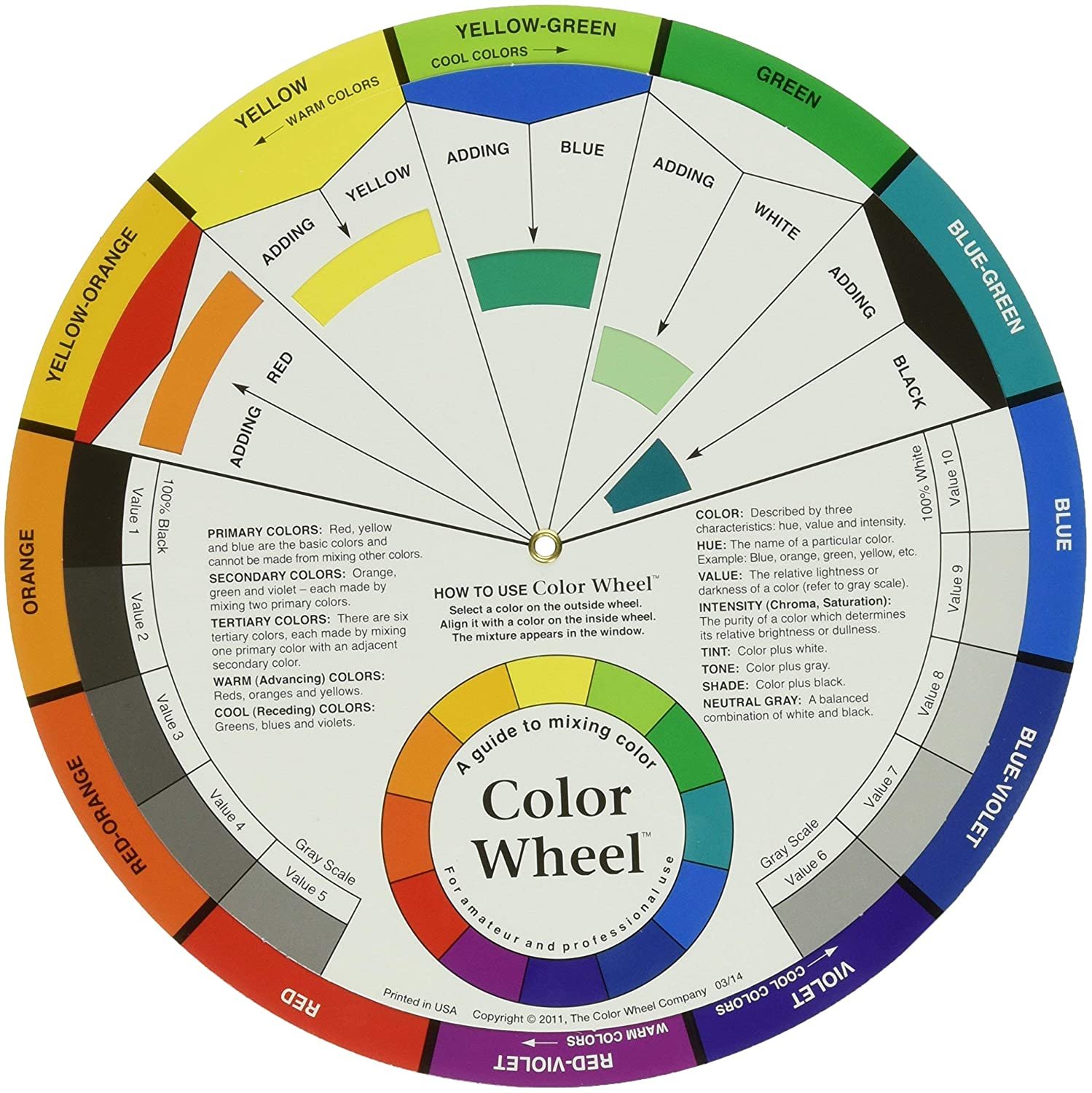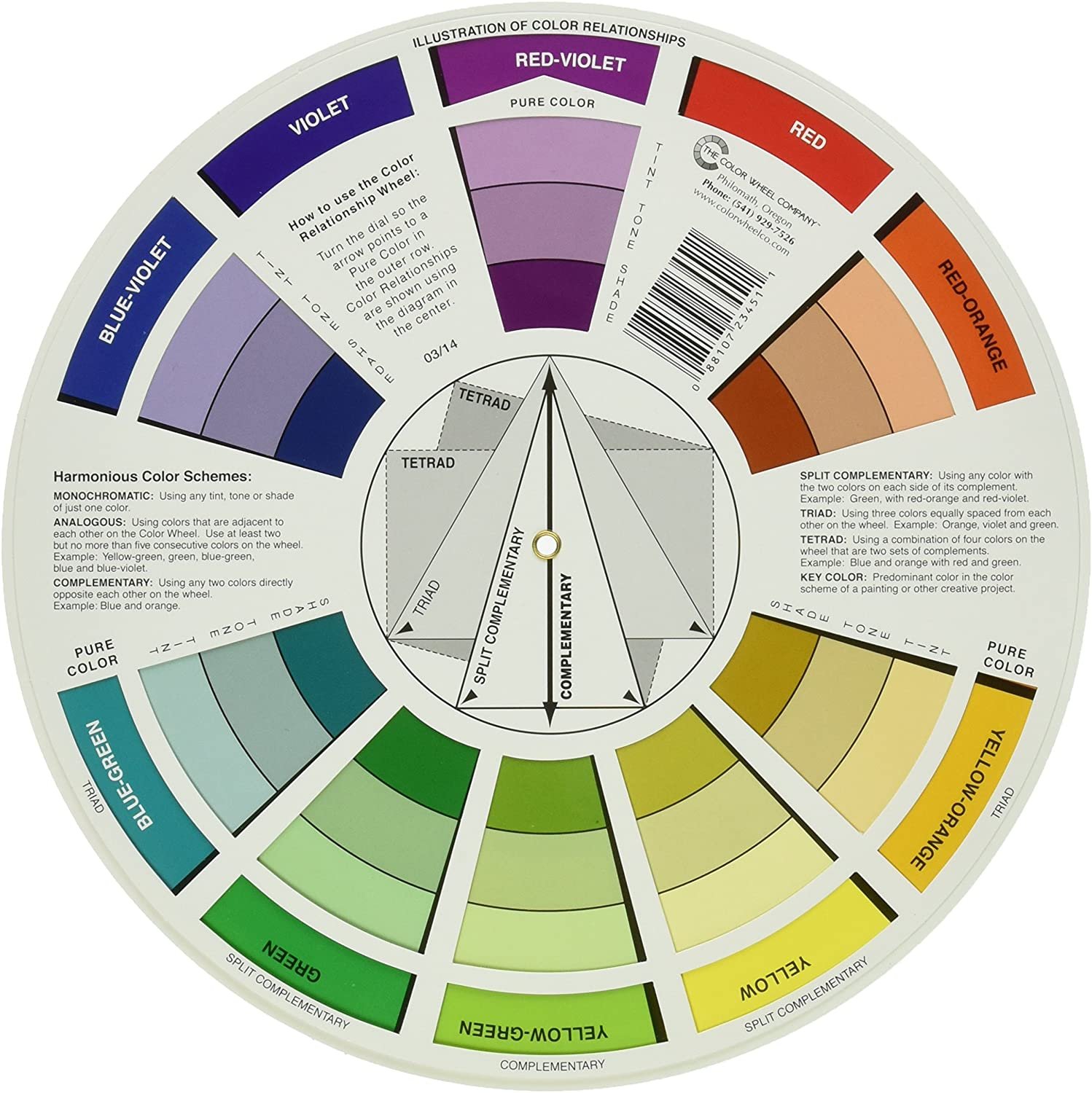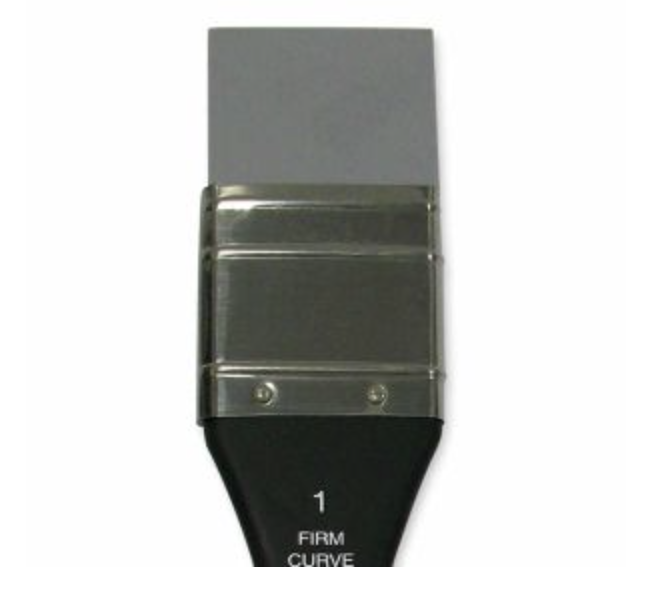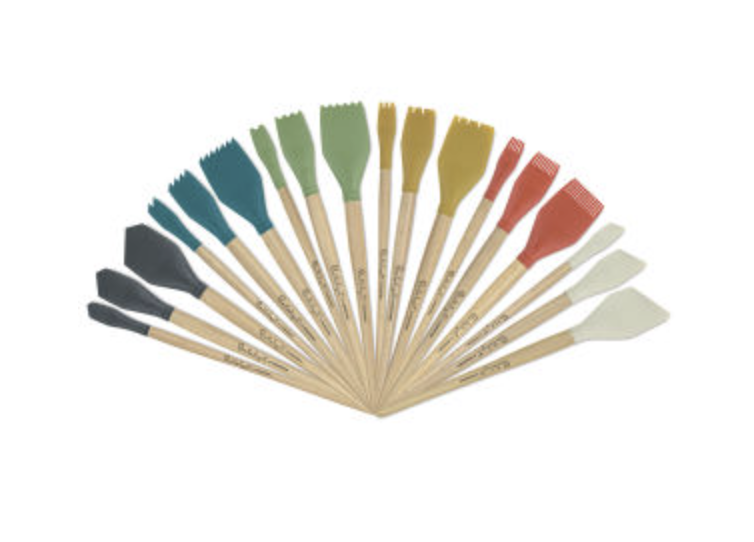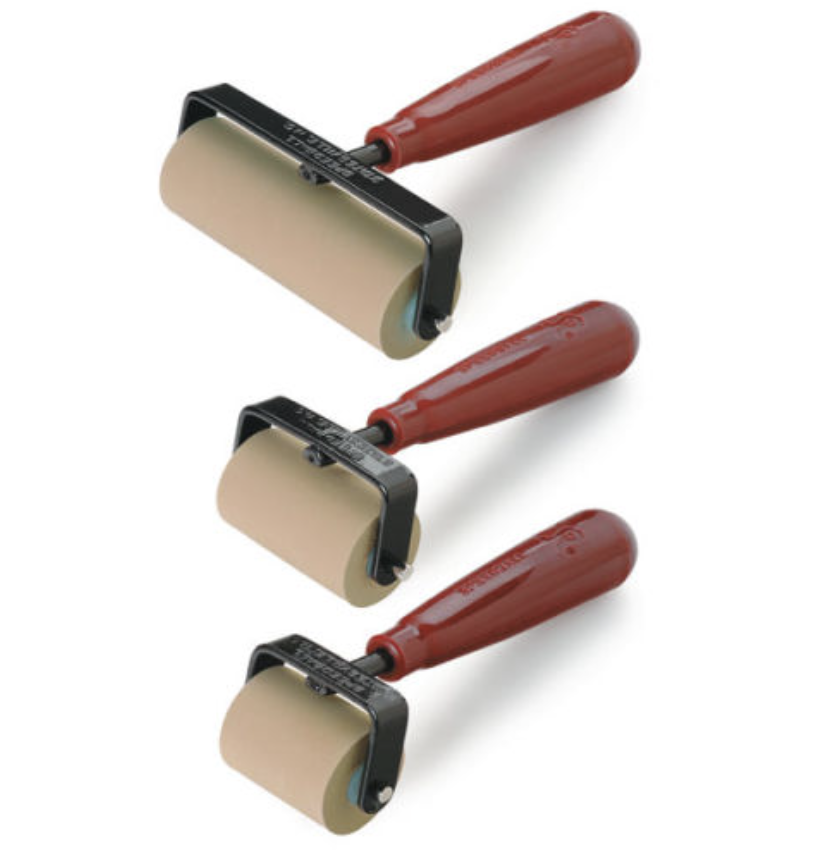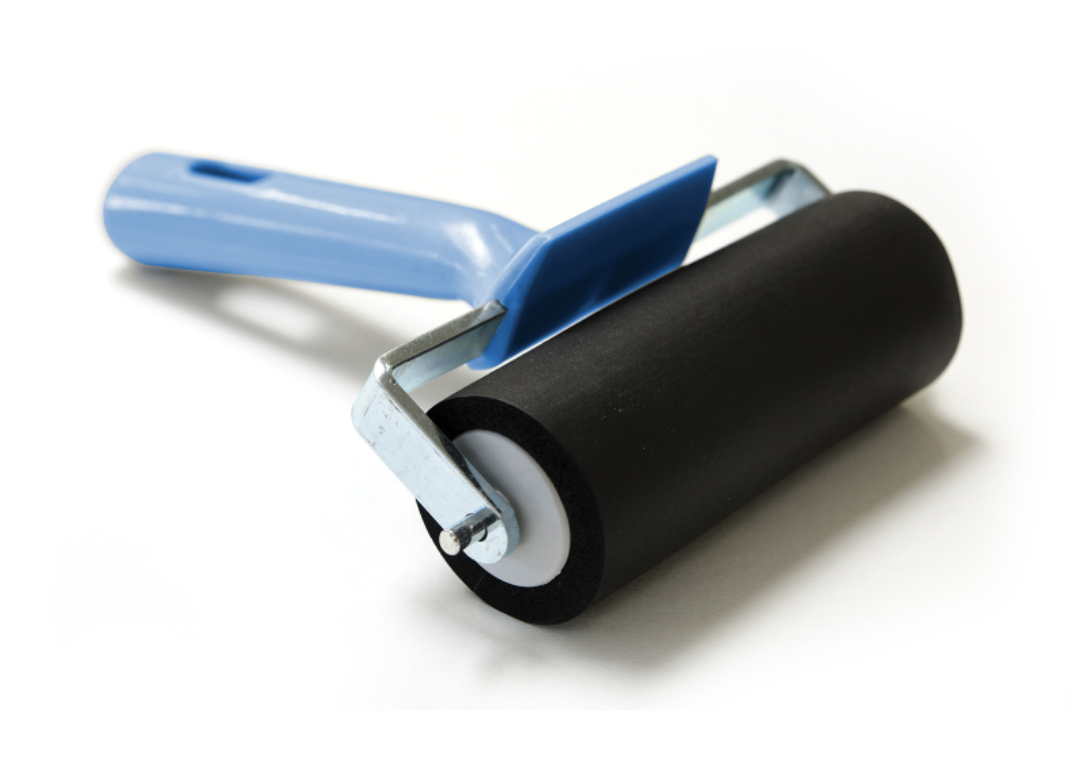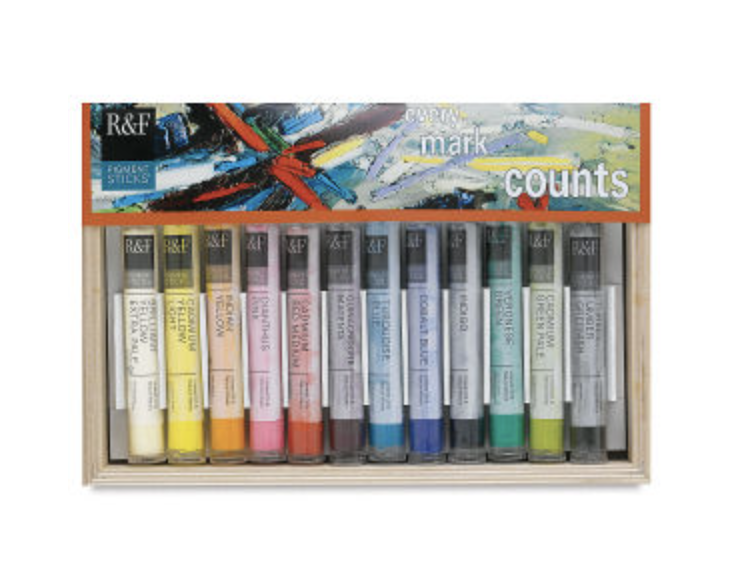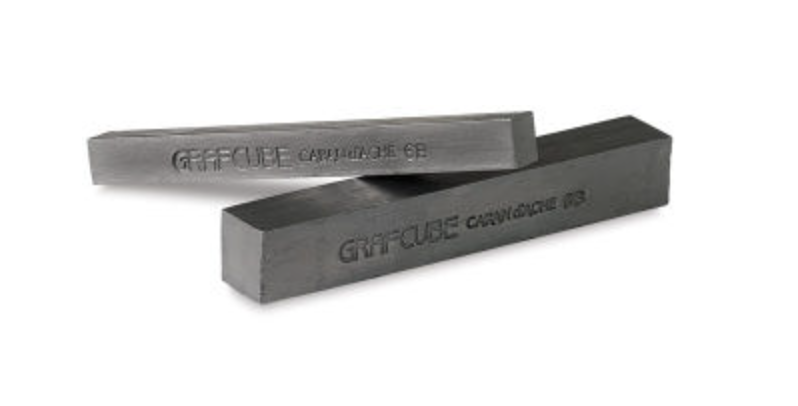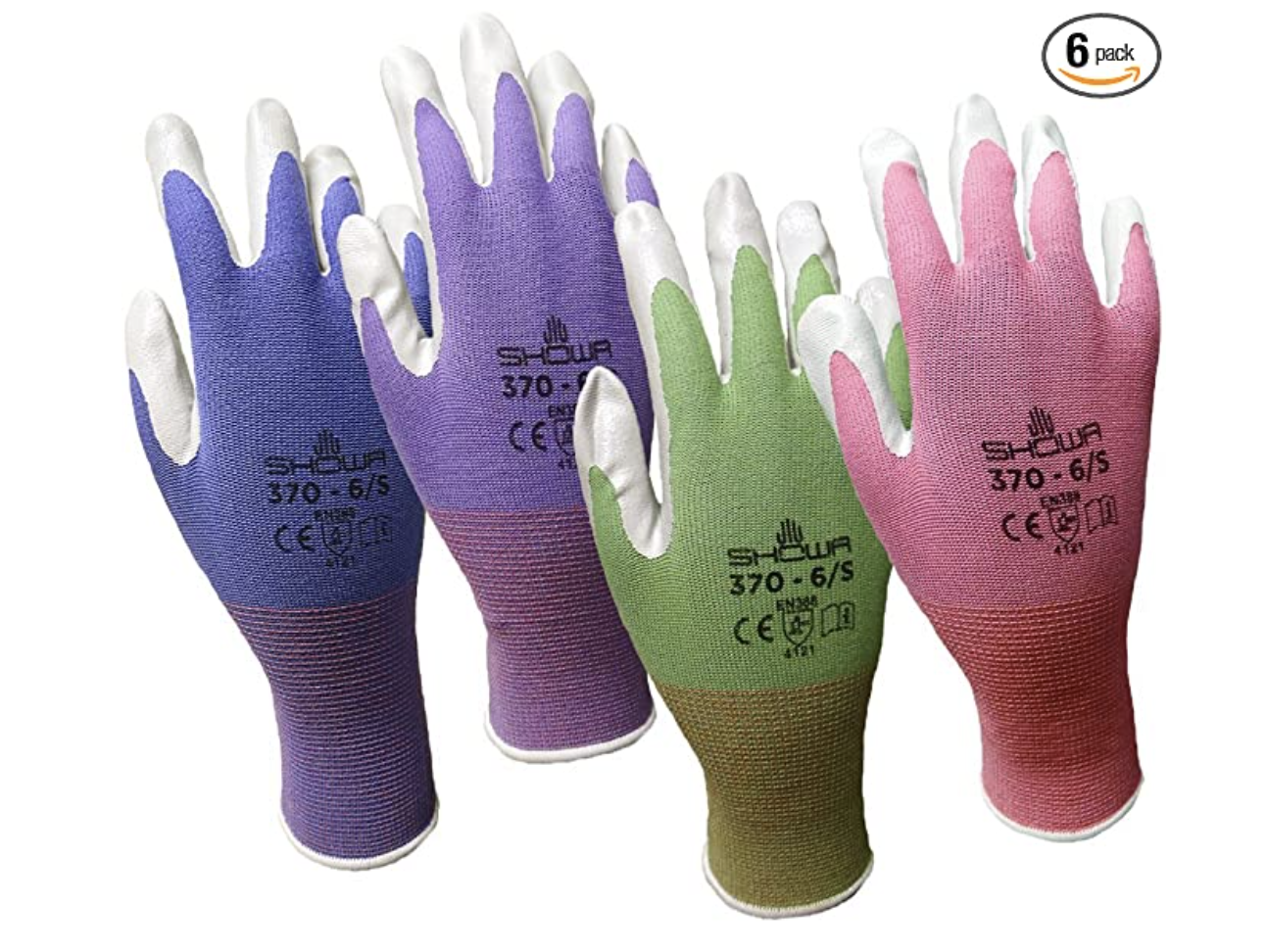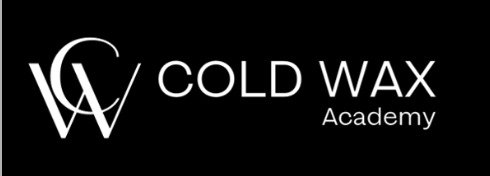Six Approaches To Abstracting The Figure (E-Course)
I do not give you specific Projects (or assignments) in this eCourse. Instead I show you many ways of working towards abstracting the figure and you will apply these Approaches in your own work. Therefore there are no specific canvas sizes, brush sizes, etc. You may paint a 6 x 6 foot canvas or a 6 x 6 inch canvas or anything that you choose.
Below is a basic guideline for paint colors for both oil and acrylic painters. I have also included several ‘tools’ that I use in my own work and in some of the video demos in the eCourse.
Feel free to use your own paint colors and materials in this course.
Paints
Click on any PLUS SIGN below for more information.
-
I am flexible on the paint colors for this class. The following list is a suggestion of colors to have on hand. In order to get the most out of the class, you will want a WARM and a COOL of each primary color. The list below includes these. You do not need to run out and buy these exact colors if you have similar ones. Here is a link to the Gamblin Paint website which tells you which paint color has which temperature if you are not certain. Gamblin is exclusively oil paint, however the information holds true for acrylic colors as well. You will not find every color here, but you will find many. Gamblin Color Temperature Chart.
-
Titanium White
Lemon Yellow (Cool)
Cadmium Yellow Medium (Warm)
Cadmium Red Light or Medium(Warm)
Alizarin Crimson or Quinacridone Red (Cool)
Cerulean Blue or Manganese Blue (Cool)
Ultramarine Blue (Warm)
Viridian (Cool)
Black - Ivory, Mars, etc. I'm not particular
-
Sap Green or Green Gold (Warm)
Cadmium OrangeOther Good Colors (Not required)
Emerald Green*
Phthalo Turquoise*
Van Dyke Brown
Buff Titanium
Yellow Ochre
Titanium White
Lemon Yellow (Cool)
Cadmium Yellow Medium (Warm)
Cadmium Red Light or Medium (Warm)
Alizarin Crimson or Quinacridone Red (Cool)
Cerulean Blue or Manganese Blue (Cool)
Ultramarine Blue (Warm)
Viridian (Cool)
Black - Ivory, Mars, etc. I'm not particular*Gamblin colors
Additional Materials
-
Various sizes and shapes. The projects that I give you can be done at many different sizes, so the brush size will depend partially on what size canvas or substrate you choose. I am not picky about brushes. A general rule to paint loosely is “Always use a bigger brush than you think you need.”
-
1-3 Different size and shapes if you would like to try using palette knives in your work. Not Required. My favorite shape is shown above just as an FYI.
-
*This is what we call the surface that we paint on, such as canvas or paper, etc.
You can use stretched canvas, canvas boards, paper - (for acrylic painters), canvas paper, and/or gesso-boards. Basically any substrate you feel comfortable with.
At least 7 - 10 supports for the class. You will probably want more if you continue to do the projects in multiple variations. 12" x 12" minimum and up to as large as you would like to try.
-
You will need your OMS (Odorless Mineral Spirits) and a medium (linseed oil, Galkyd, Liquin, etc.) of your choice as usual.
-
You will want your medium of choice. (matte, gloss, gel, etc.)
-
The "scraping tool" that I use to remove paint can be a bit difficult to find. They come in many different shapes and sizes and some suppliers have one shape, but not another. Here is a link to Dick Blick. Here is also a link to a different product that has similar functionality. It is a silicon tool called a "Catalyst Blade".
-
I do use brayers in my work. Get the soft ones if you choose to buy one. I have many sizes but I like the 4" and 2" if you are only buying one or two to try out.
Brayers at Dick Blick -
My favorite are the oil bars by R & F as they are very soft and work well in wet on wet. Shiva, Winsor Newton and other companies make them as well.
-
Get a soft one if you want to use it. 9B. There are many different options for these. I also use (but not always use) the water soluble ones as, again, they seem to work well when working in wet paint. Find them here on the Dick Blick website: Graphite Sticks
-
This is a great resource for stencils: Stencil Girl
-
The Color Wheel that I recommend in the class can be found at most art stores. Here is a link to it on Amazon and on Dick Blick.
-
The gloves that I wear in the demos are very similar to THESE on Amazon Mine are black and grey. They are readily available at most paint and hardware stores.
MATERIAL SUPPLIER WEBSITES
You may also choose to visit your local art supplier.

